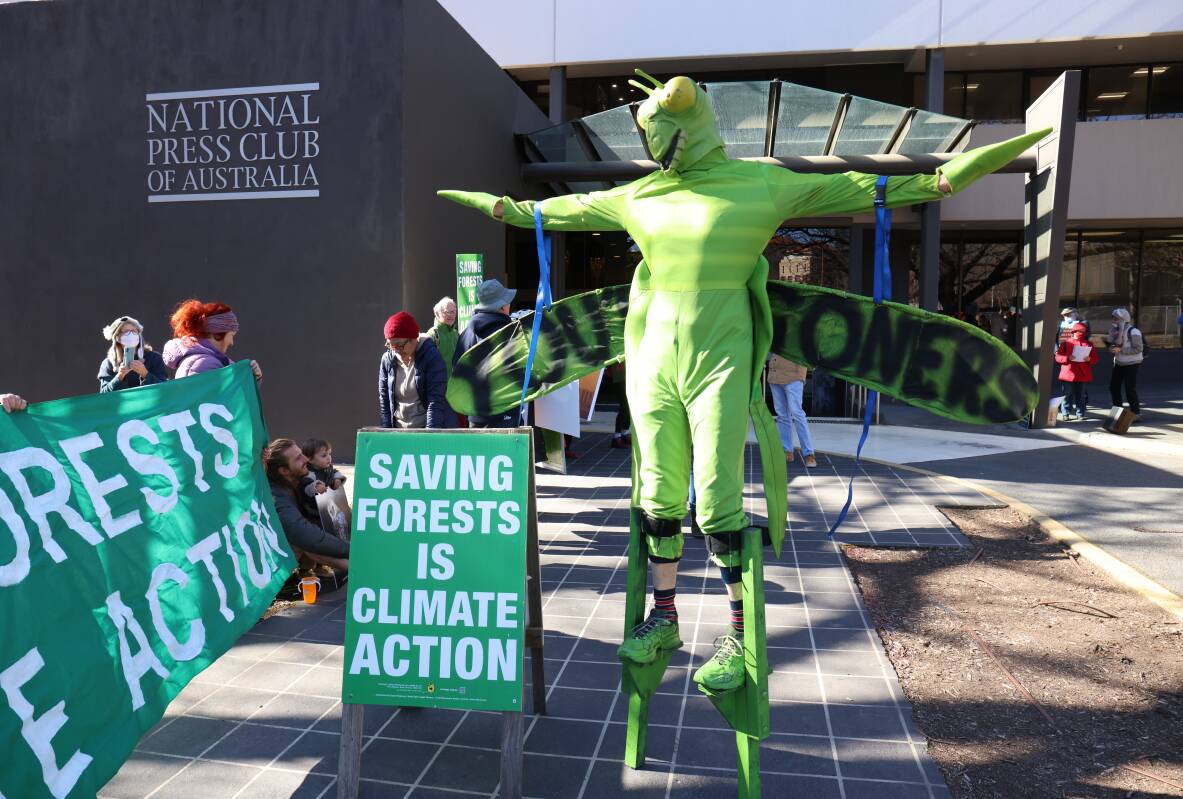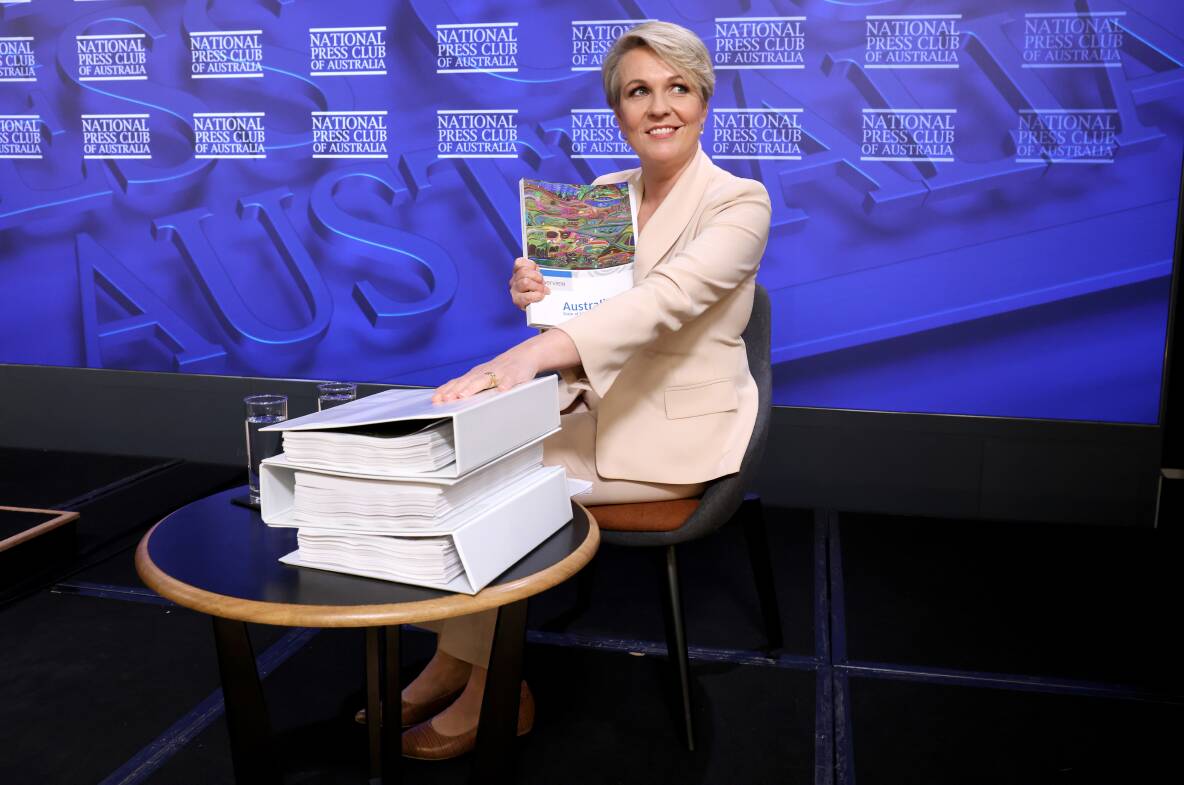
At her launch of the State Of The Environment 2021 report yesterday, Environment Minister Tanya Plibersek accused her predecessor as minister, Sussan Ley, of keeping the document "locked away".
Governments often keep reports for considerable periods before releasing them; good news can be made even better, politically, if it's made public before an election.
But even a cursory look at this document - and its prominent focus on Indigenous voices - confirms it is something a Morrison-led Coalition would have had a hard time putting its name to.
An introductory "2021 letter to the minister" signed by the report's three main co-authors is undated, but the contents were reportedly conveyed to Ms Ley in December.
While Ms Plibersek unveiled a massive printed version at the National Press Club, the introductory letter describes a "web-based" approach in presenting what the authors describe as "detailed discussions of the condition of the Australian environment", the pressures on it, and the effectiveness, or otherwise, of its management.
Ms Plibersek told her audience it was "a confronting read".
As the authors say in their letter, many of the pressures are the same ones described in previous reports; climate change, land-use change, habitat degradation and invasive species. They argue, however, that the negative impacts are becoming "more intense", with "cumulative impacts amplifying the threats".
One issue sits above the myriad problems identified by the report, and that issue is, of course, human-induced climate change.
As the Letters pages of the Newcastle Herald repeatedly reveal, not everyone is convinced that Australia - or, indeed, any sovereign nation - should surrender its policy-making to the Geneva-based International Panel on Climate Change (IPCC).
Some are convinced that it's already too late, that our penchant for "progress" has set off a climate chain-reaction far beyond our ability to influence, let alone stop.
Others are confident we will innovate our way beyond fossil fuels, just as coal and oil powered the original Industrial Revolution.
Either way, the extraordinary material progress of the past 250 years has come with a corresponding environmental cost.
Think of it as a debt to the Earth, one that needs repaying, urgently, and collectively.
ISSUE: 39,926








